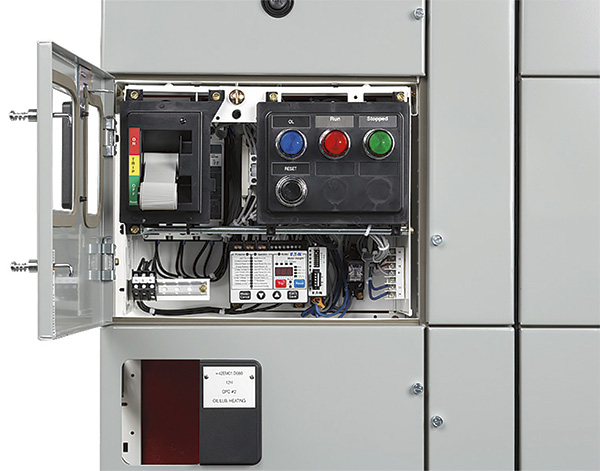Intelligent motor control centers (MCCs) provide the data to support safe, reliable and more efficient operations, making information available for process monitoring, advanced diagnostics and predictive maintenance. Today’s advanced MCCs provide a scalable solution for motor protection and control and facilitate simple and comprehensive communication choices. Hardwired MCCs can provide back-run status, breaker status, overload status and the status of a local sector switch on their own. A user must install additional components to obtain further information—such as phase voltage and motor current—or other analog signals. Networked MCCs provide real-time diagnostic data that enable proactive and predictive maintenance. MCCs that incorporate smart devices can report on several parameters, including phase voltages, currents, power and fault information. Many types of smart devices are available, including solid-state overloads, variable frequency drives, soft starters and meters. The motor control devices typically support the communication protocols. If a smart device does not natively support the desired protocol, a linking device, such as a bridge, can be added.
 A smart motor controller with local HMI and Ethernet (Images courtesy of Eaton)
A smart motor controller with local HMI and Ethernet (Images courtesy of Eaton)
